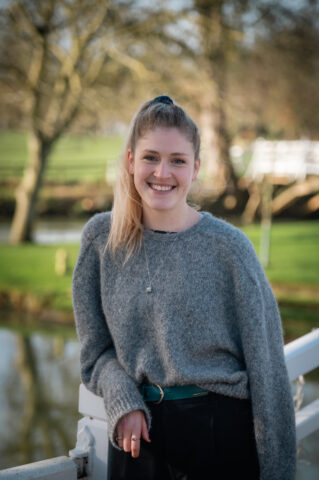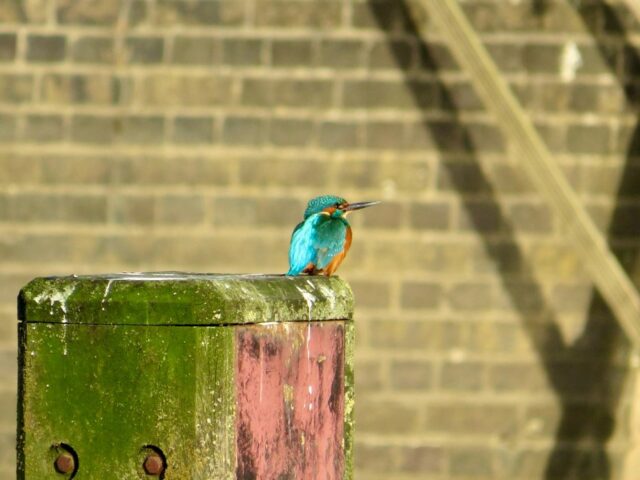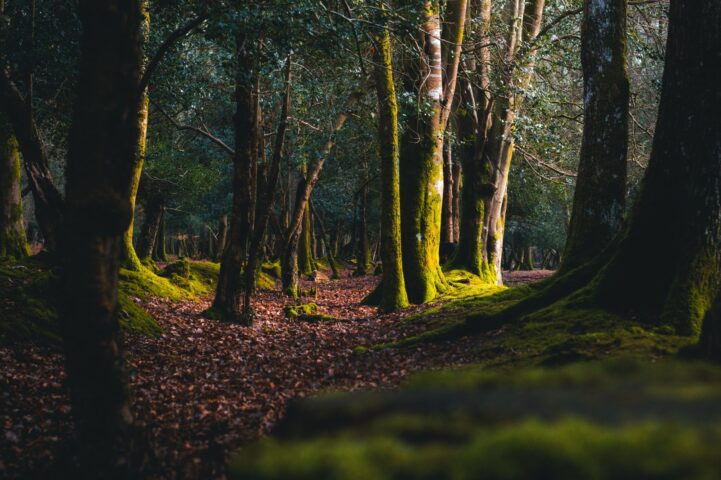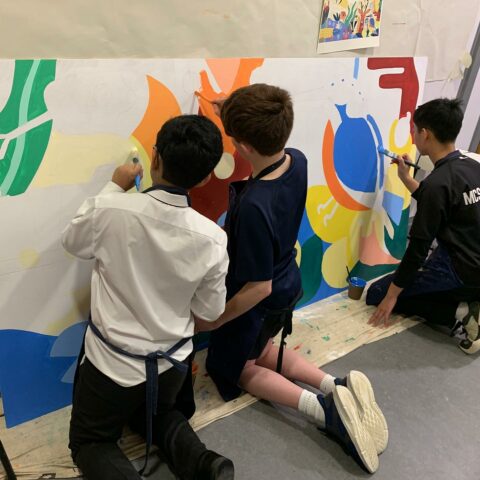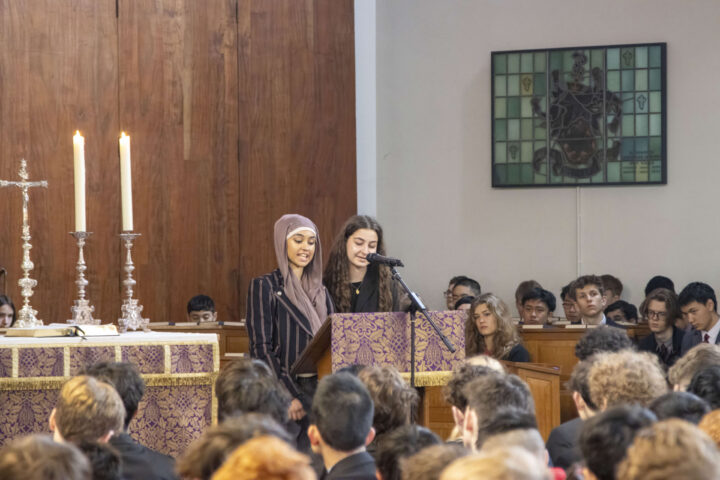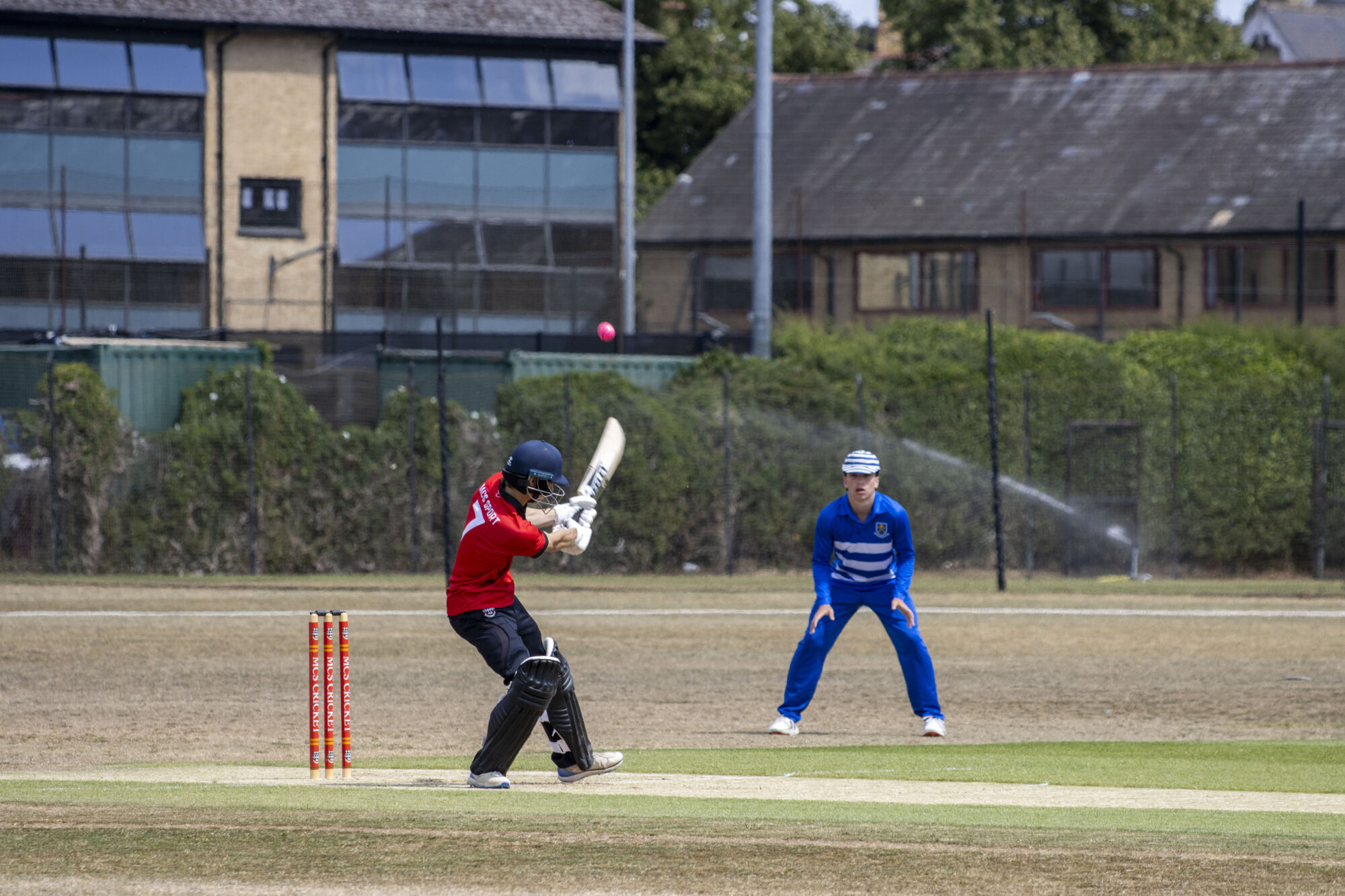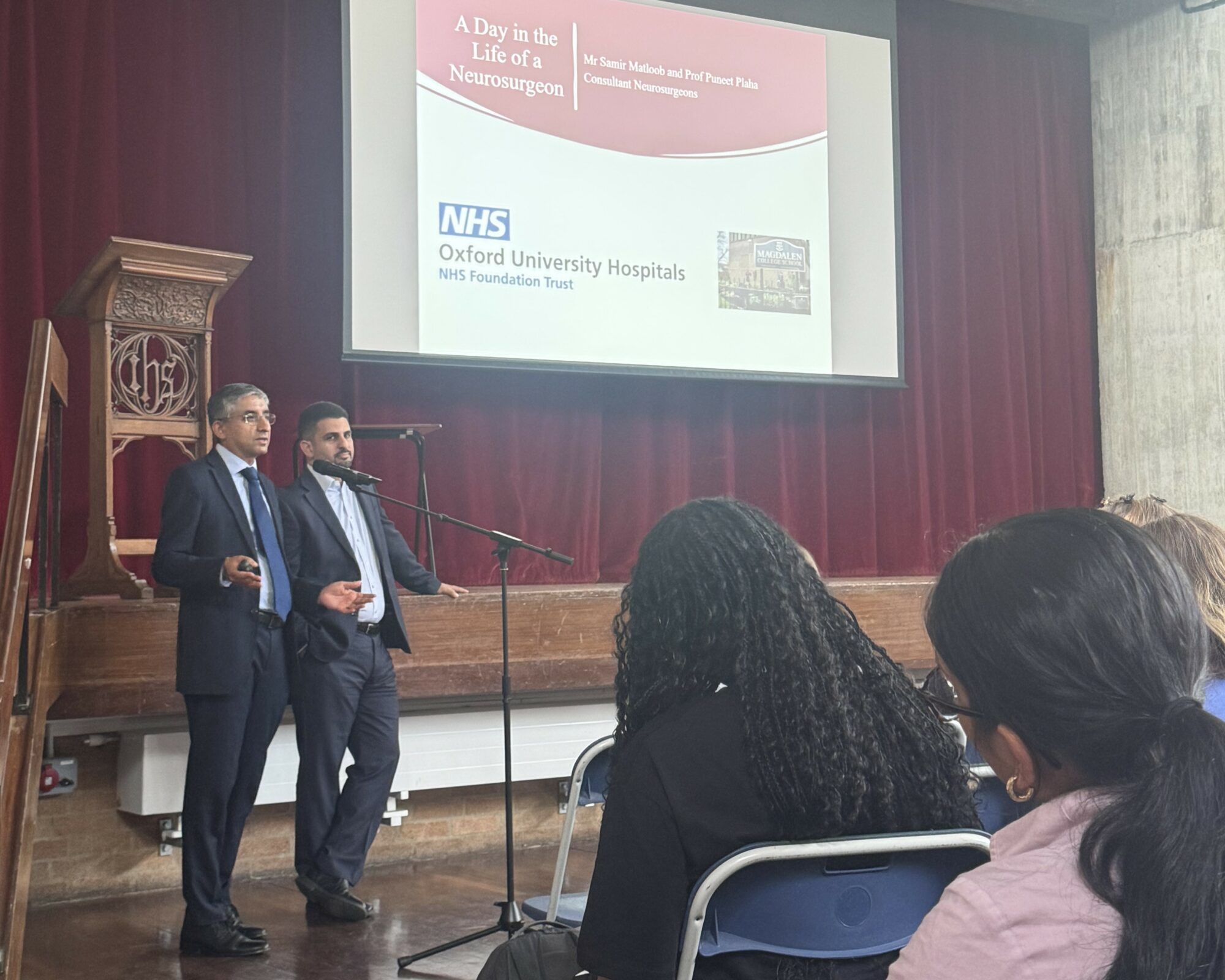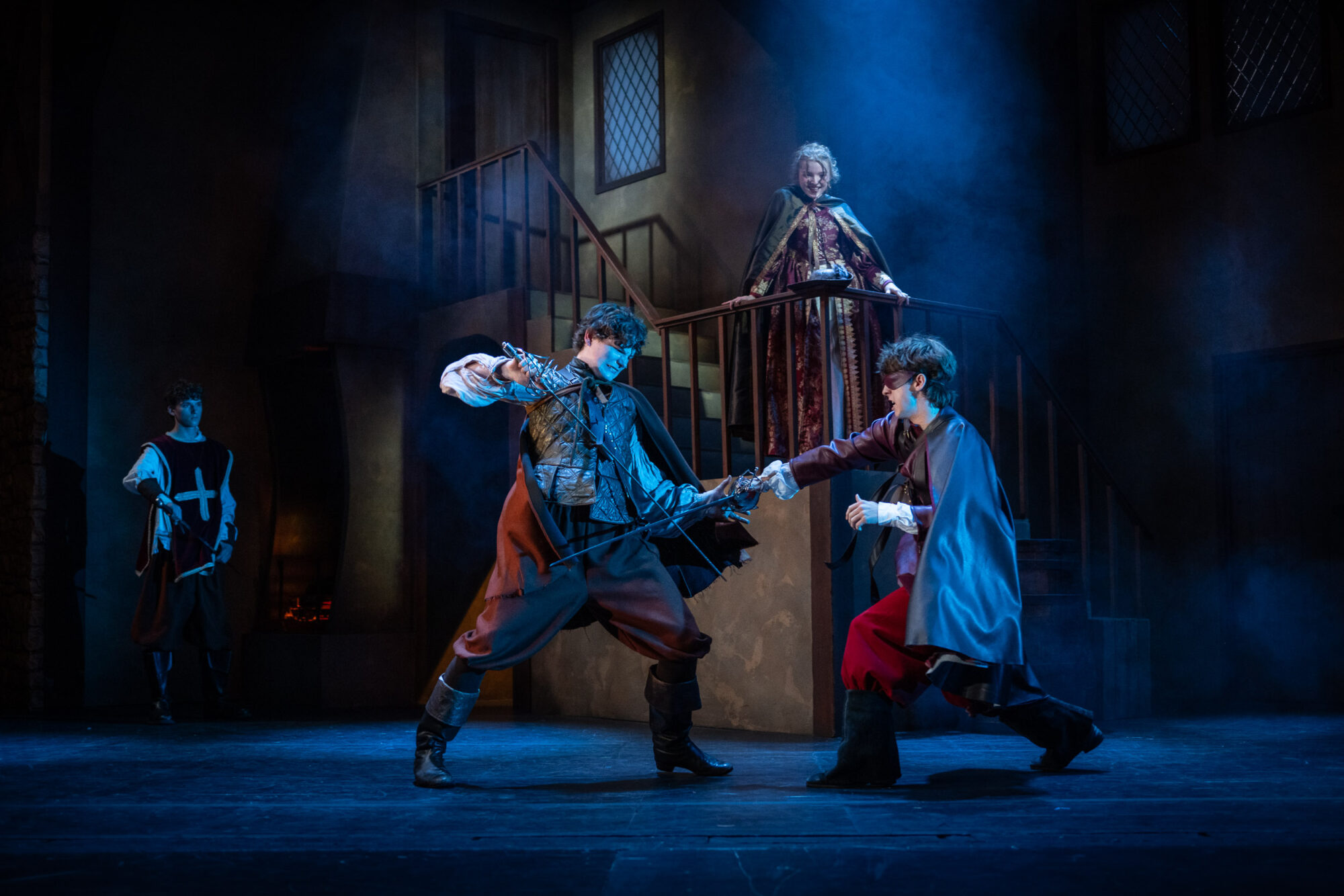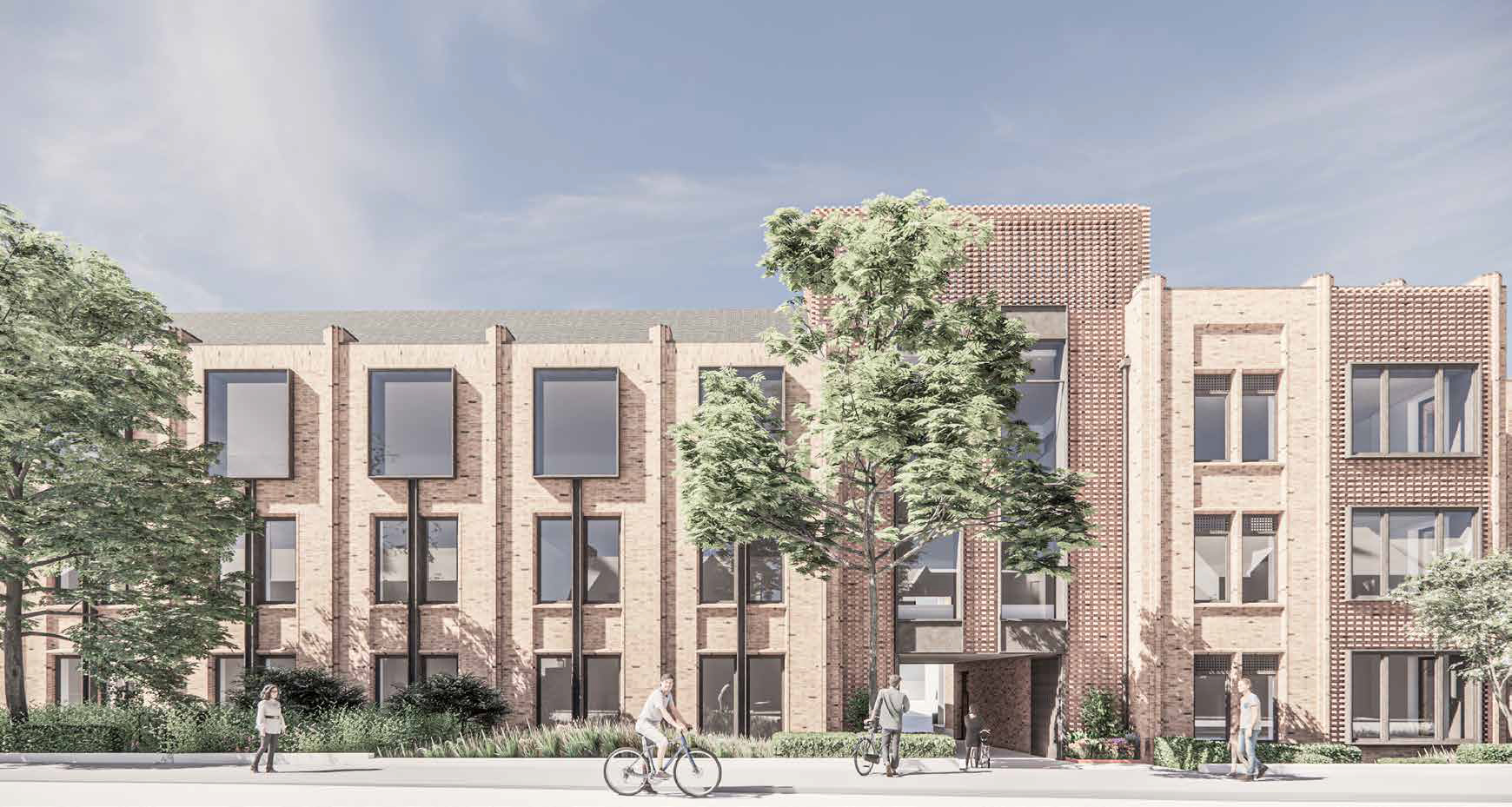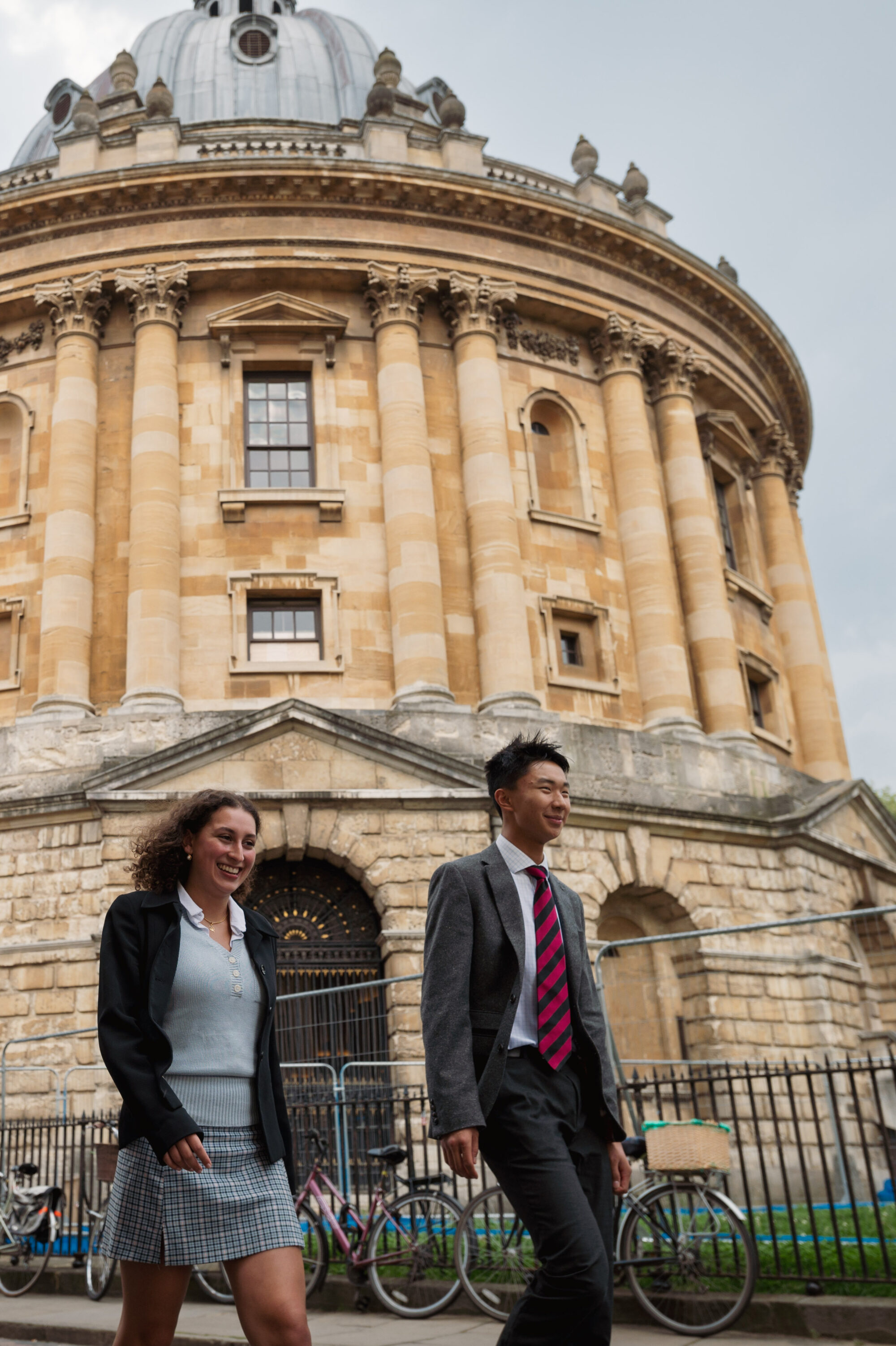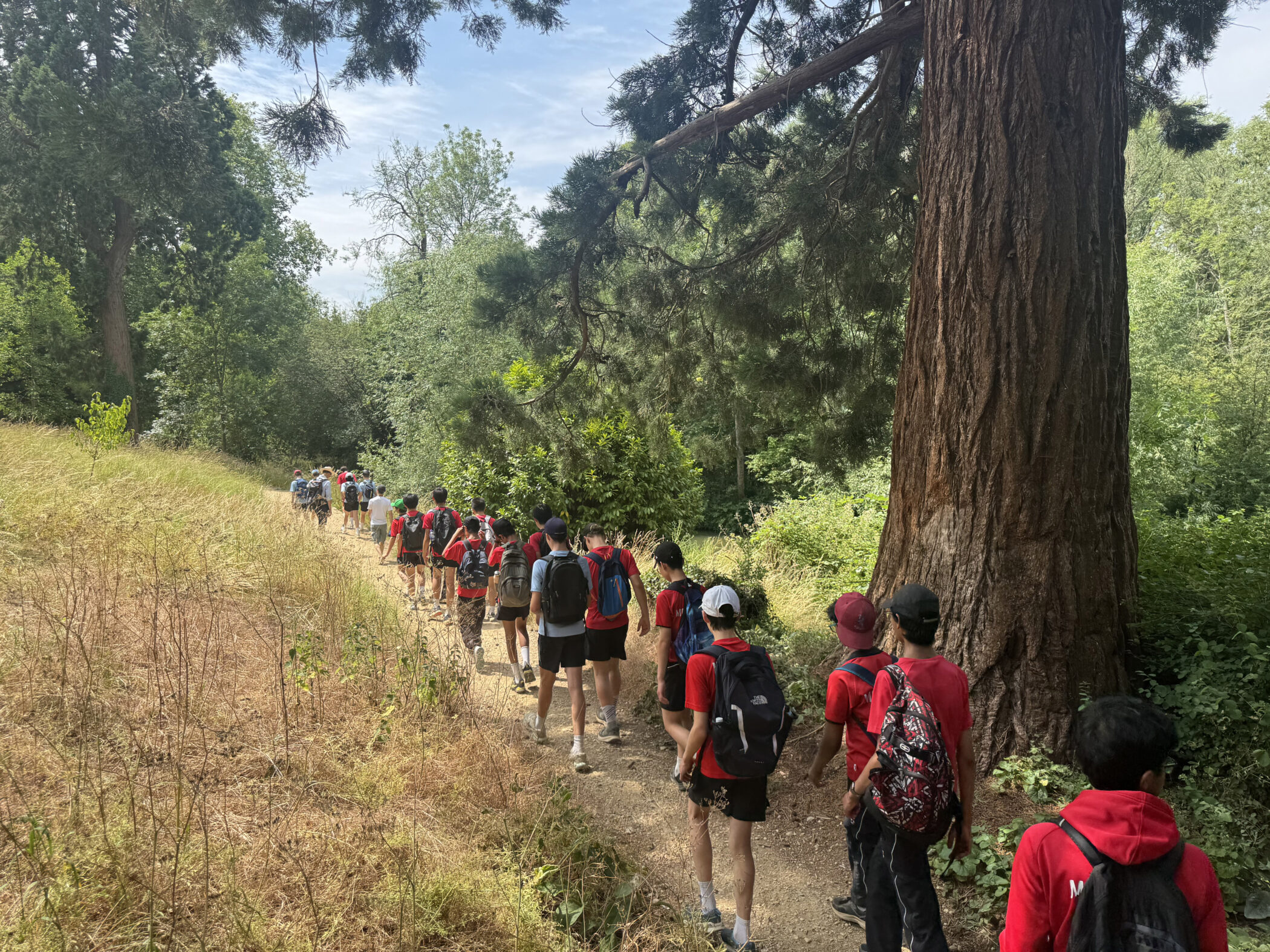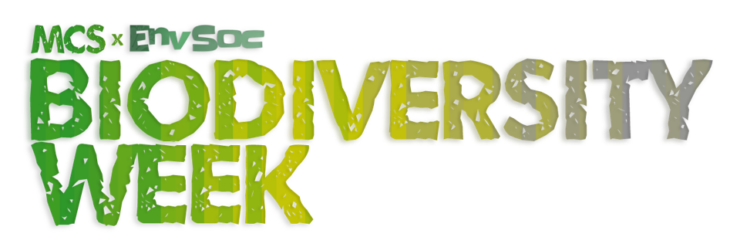
The first week back after half term was MCS Biodiversity Week, a cross-curricular initiative that aims to instil a sense of awe and wonder for our natural world in our pupils as well empowering them to understand and respond to the ways it is changing.
Sustainability Lead and Teacher of Chemistry, Ms Lydia Donaldson, writes:
And what a joyful and purposeful week it was! A huge thank you to my colleagues and pupils for all the work that went into making it a success.
Outlined below are some of the things our boys and girls learned about during the week. Congratulations to Anthony, Tomo, and Heather for their fantastic entries to the Biodiversity Photography and Poetry competition:
‘Kingfisher’ by Anthony
‘Glowing Moss’ by Tomo
Rewilding
by Heather Chapman
The land thick-skinned and studded
with memory. Easy to think of us
as prologue, bones mixed and turned mythic.
A storm rattles the ribs of the valley,
birdsong thickening the air. A dragonfly curls
out of itself. This balance and exchange,
a figure dressed in green, grinning,
hands behind their back. I suppose I’m trying
to learn to breathe. One day in June,
the bank fumbling to water, watching
the sibilance of mayflies gather and coalesce
over the surface. I was starting to believe
in plurals, in the rattling call of a bird,
laughing out ‘I, I, I.’
There were many highlights: in lessons, Lower Fourth received a visit from Wytham Wood’s Poet-in-Residence, Penny Boxall, who ran sessions on capturing nature through poetry and ‘automatic writing’. The History department taught Third Form about Aztec chinampas and how they fed Mexico City during the pandemic – a source of inspiration for productive, regenerative farming perhaps?
Second and Third Form geographers celebrated the unassuming glory of salt marshes, which protect us from floods and absorb carbon, while Middle School looked at the relationship between biodiversity and urbanisation. In Biology, Middle School pupils trapped and identified moths, with training from Wytham Wood’s etymologist Liam Crowley. The entire experience was eloquently summarised by Dr Crawford: “Skittish, winged animals + 20 Lower School boys + small classroom = lively!”. Meanwhile, Upper School biologists debated which apex predator should be reintroduced to the UK.
Skittish, winged animals + 20 Lower School boys + small classroom = lively!
Dr Crawford
In German classes, pupils looked at the ‘Green Belt’: the border between East and West Germany where, for 40 years, relatively undisturbed nature could develop (and is now mostly a national reservoir). Sixth Form pupils considered the lingering effects of environmental disasters caused by the chemical industry in East Germany, and at how rewilding such scarred landscapes is more than just ‘leaving it be’.
Sixth Form chemists explored the jungle of drugs harvested from rainforests, while Middle School acted as carbon atoms in a pre and post-human carbon cycle and Lower School pupils analysed soil brought in from homes. Lower School mathematicians measured trees and Mr Ainsworth gave a talk on ‘Maths in the Wild: modelling predator-prey populations’. Special mention to Mr King in Computer Science who coded an ecosystem simulator, where pupils had great fun trying to establish a stable ecosystem… the main learning point being that Mother Earth is doing a pretty good job herself!
The Junior School ran a biodiversity morning, meeting author Pari Thompson, who gave a talk about her debut novel Greenwild: The World Behind a Door. Pupils learnt all about the inspiration behind Pari’s writing and how she fits being an author in around her full-time job in publishing. The boys also had an opportunity to make bird feeders with mealworms.
Outside of lessons, we were lucky to host Lisa Curtis, who worked with pupils on a cheerful mural celebrating the unusual diversity of wildlife on the main school site. The Theology Society discussed ‘Deep Ecology’, the Environmental Society met with the Bursar to talk about decarbonisation of the estate, and Sasha and Sidra gave a wonderful talk on doughnut economics for the Economics Society. In the English Society, Sixth Form pupils discussed ecocritical theory, while in Science Club, the Second and Third Form undertook a microhabitat search, soil invertebrate survey and footprint tunnel with Ms White. In the library, Dr Scott created a wonderful display of all the latest books that touch upon biodiversity, and ran a competition for pupils that asked them to consider ‘How can we help increase biodiversity at school and at home?’. Philosophy Society was well-attended by Sixth Form pupils discussing the ethics of eating meat, and in Art, Ms Rutter developed photographs using pine needle solutions instead of the usual stringent chemicals.
Beyond MCS, Ms Coleman and some of her pupils visited primary schools across Oxford, where they worked with in partnership with teachers and younger children to further our knowledge of how to welcome wildlife into schools.
If the reader feels inspired and wishes to bring a little Biodiversity Week into their home, they could consider installing Swift Boxes, creating a little pond, and leaving their lawns unmown for May (or, even better, as long as they can bear it!) Mowing the perimeters of lawns can keep them looking kempt yet hospitable to wildlife.
My sincere thanks once again to all the pupils and staff who made this year’s MCS Biodiversity Week such a tremendous success!
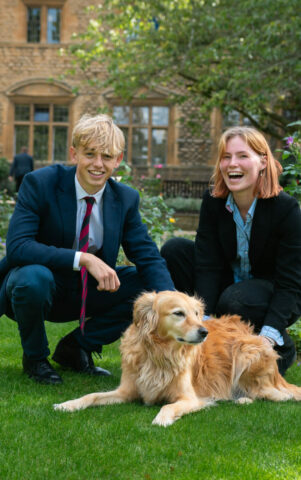 MCS ranks among the top independent secondary schools, and in 2024 was awarded Independent School of the Year for our contribution to social mobility.
MCS ranks among the top independent secondary schools, and in 2024 was awarded Independent School of the Year for our contribution to social mobility.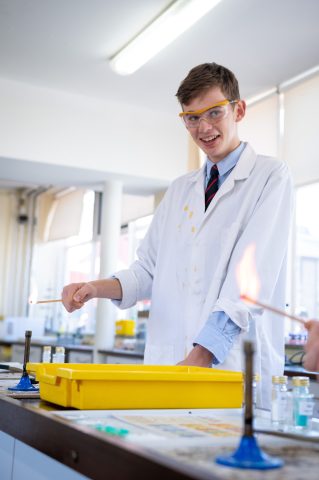
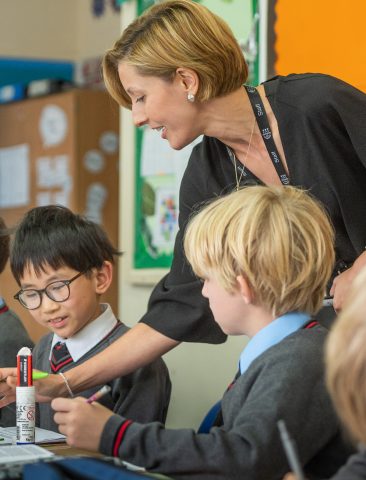
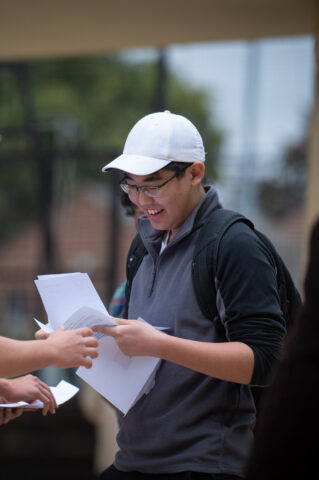 28 of our pupils achieved 10 or more 8 or 9 grades in 2024.
28 of our pupils achieved 10 or more 8 or 9 grades in 2024.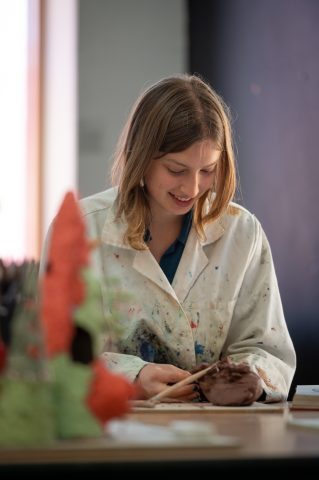
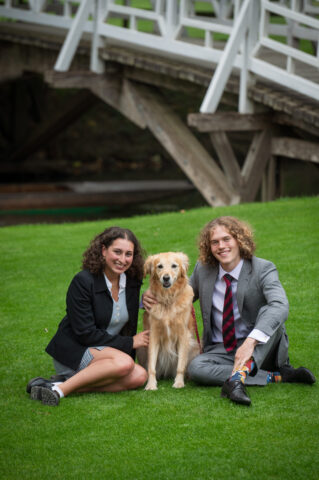 In 2023-24, MCS received over £448,000 in donated funds.
In 2023-24, MCS received over £448,000 in donated funds.